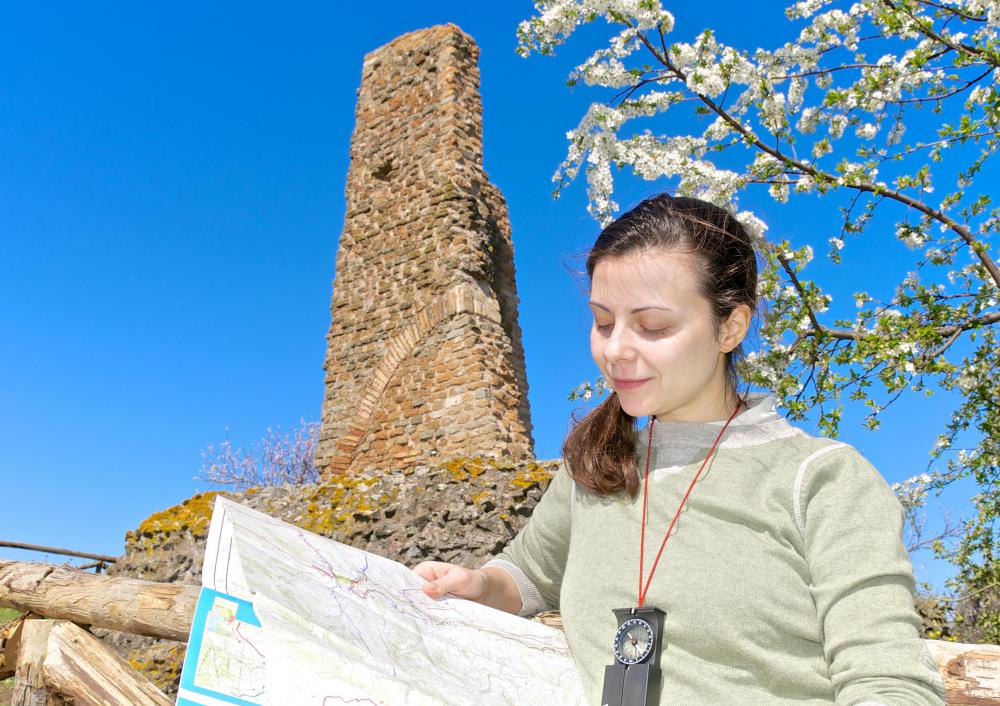At WiseGEEK, we're committed to delivering accurate, trustworthy information. Our expert-authored content is rigorously fact-checked and sourced from credible authorities. Discover how we uphold the highest standards in providing you with reliable knowledge.
What is Tikal?
Tikal is a ruined Mayan city in Guatemala. It is a UNESCO World Heritage Site, and has been since 1979. It is perhaps the most famous Mayan site outside of Mexico, and is one of the largest cities in the Classical Mayan world.
The Maya civilization flourished in its Classic Period from roughly the 3rd century to the 10th century, and during that time built the most amazing cities and temples, and erected magnificent stone pillars, or stelae, adorned with carvings and hieroglyphics. Tikal was, and is, one of the most amazing of these sites, and has fascinated visitors ever since its rediscovery.

Major construction at the site appears to have begun in the 4th century BCE, long before the Classic Period of the Mayan civilization began, and Tikal is thought to have been one of the first major cities of the new civilization. It quickly came to be one of the dominant forces in the Mayan lowlands, and was consistently at war with nearby states of the Mayan civilization.
For nearly a century there was no construction at Tikal, from the late 6th century to the late 7th century. For a time this was not understood by archeologists, but eventually it became clear from hieroglyphic descriptions of the time that the city was conquered by the nearby state of Caracol, and remained under its control until Jasaw Chan K’awiil rose to reclaim Tikal’s independence and strength in the region.
Like most Mayan sites, Tikal was never truly a lost city, as a continuity was kept by the descendents of the Classic Maya, who remembered the location of their city. In the 17th century, references to the city began to appear in Western writings, and a number of writers reported on rumors of this lost city. It wasn’t until the mid-19th century, however, that the West finally made contact with it, when Modesto Mendez made his way to the ruins. In the early-1950s, a landing strip was set up, allowing easier access to this remote site, and archeological work commenced soon after.
Tikal is an absolutely monumental site, with literally thousands of structures in the park, the majority of which haven’t even been excavated, in spite of more than fifty years of archeological work in the area. The visual highlight of the site is the collection of six step pyramids, with their temples adorning their summits. The highest of these pyramids are more than 200 feet (60m) high, and they create the iconic images people have come to associate with the Maya.
The city has become one of the most popular tourist sites in the Mayan world, because of the integrity of the ruins, and the prolific nature of them. A large-sized tourist infrastructure has built up around it, and there are numerous options available for transport, lodging, dining, and guides. Many people find a single day enough to explore Tikal, while others are easily able to spend a week poking around the ruins, examining the glyphs inscribed on the structures, and exploring the beautiful rainforest that surrounds the city itself.
AS FEATURED ON:
AS FEATURED ON:











Discuss this Article
Post your comments